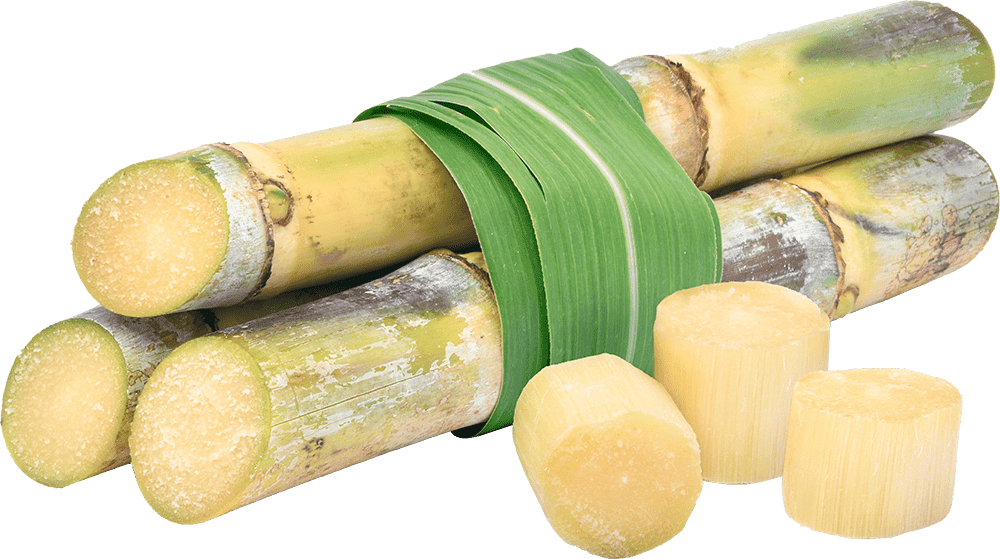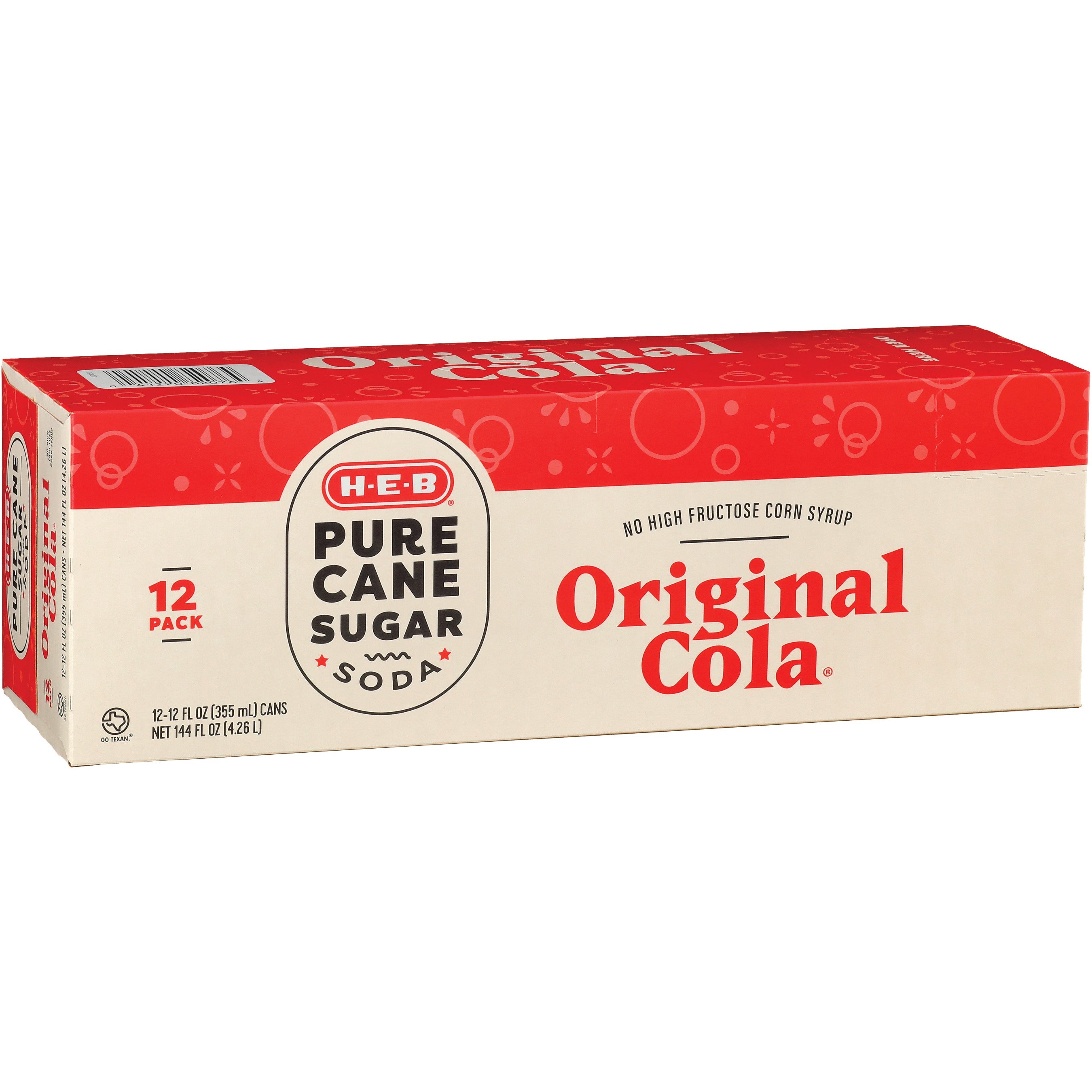A Thorough Guide to the Environmental Influence and Sustainability Practices in Walking Stick Sugar Processing
The environmental impact of walking cane sugar handling offers a complicated array of difficulties that warrant cautious examination. From dirt deterioration and extreme water usage to the carbon footprint associated with farming and production, the repercussions of standard techniques are far-reaching. On the other hand, the adoption of innovative sustainability measures offers a pathway towards a lot more liable manufacturing approaches. Understanding the interplay between these issues is essential for stakeholders in the sector. What certain techniques can be implemented to strike a balance in between performance and environmental stewardship? The answers lie in a better consider both the obstacles and potential remedies.
Introduction of Cane Sugar Handling
Walking stick sugar processing entails a series of systematic steps that transform sugarcane right into refined sugar. At first, harvested sugarcane is transported to processing facilities, where it undertakes cleansing to remove dirt and debris. Following this, the walking stick is squashed to extract juice, which is after that clarified by getting rid of pollutants with home heating and the enhancement of lime.
The made clear juice goes through evaporation, where water is eliminated to focus the sugar web content. These crystals are separated from the staying syrup making use of centrifugation, resulting in raw sugar.
The end product is after that dried out and packaged for distribution. Throughout this whole process, preserving efficiency and quality control is necessary to make sure the sugar meets industry criteria. Each action in walking stick sugar processing not only adds to the end product however also has effects for resource usage and waste generation, setting the stage for conversations on sustainability and environmental influences related to sugar manufacturing.
Environmental Difficulties of Manufacturing
The production of cane sugar offers several significant environmental difficulties that warrant attention. One key concern is the considerable usage of agrochemicals, consisting of plant foods and pesticides, which can bring about soil deterioration, biodiversity loss, and contamination of local water sources. The runoff from sugarcane fields commonly brings these chemicals right into nearby ecosystems, interfering with marine life and influencing the health and wellness of communities reliant on these water bodies.
One more difficulty is the high power usage linked with sugarcane handling. The boiling and refining phases require substantial heat, primarily produced by melting fossil gas, adding to greenhouse gas emissions. In addition, the extensive land area needed for sugarcane farming can result in logging and habitat damage, more worsening climate adjustment and threatening wildlife.
Furthermore, the labor methods in some regions elevate honest worries, as employees may deal with inadequate working conditions and poor incomes. This scenario commonly bolsters a cycle of hardship in local areas. Cane Sugar Processing. Resolving these ecological obstacles is crucial for establishing more sustainable techniques in walking cane sugar manufacturing, eventually profiting both the atmosphere and the communities associated with this industry
Water and Land Usage Influence
Water resources and land use are vital elements in the walking stick sugar sector that considerably affect the setting. The farming of sugarcane requires substantial water input, with price quotes recommending that it can consume approximately 2,000 liters of water per kilogram of sugar generated. This intensive use water usually leads to depletion of local water resources, affecting not just the sugarcane vineyards yet likewise bordering communities and neighborhoods that depend on the very same water resources for agriculture and domestic usage.

In addition, land usage for sugarcane farming can cause deforestation and the conversion of natural habitats into monoculture haciendas. This practice lessens biodiversity, interferes with local ecosystems, and these details contributes to dirt destruction. The development of sugarcane fields often trespasses on valuable farming land, producing competitors for sources between food and biofuel production.
Lasting methods, such as enhancing watering techniques and executing crop rotation, are essential to mitigate these effects. By taking on much more efficient water usage and land management methods, the walking cane sugar industry can minimize its environmental impact, ensuring a balance between farming productivity and environmental conservation.
Greenhouse Gas Emissions
Greenhouse gas emissions stand for a considerable environmental concern within the walking stick sugar handling sector, especially as agricultural methods broaden to satisfy worldwide need. The growing of sugarcane, a crop that thrives in exotic climates, depends greatly on synthetic plant foods and chemicals, which contribute to nitrous oxide exhausts. Additionally, land-use adjustments, consisting of logging for new sugarcane ranches, release co2 stored in vegetation and dirt.
During handling, energy intake is an additional major source of greenhouse gas emissions - Cane Sugar Processing. Lots of sugar mills utilize nonrenewable fuel sources to power machinery and generate warmth, causing considerable carbon footprints. Furthermore, the transport of raw sugarcane and finished items adds layers of emissions via gas combustion in automobiles
This includes reviewing current farming techniques, processing approaches, and transport systems to identify locations for improvement and reduction. Addressing greenhouse gas discharges is necessary for promoting an extra lasting walking cane sugar market in an altering environment.

Lasting Practices and Innovations
Lasting practices and technologies are increasingly vital in the walking stick sugar handling market as stakeholders seek to reduce environmental effects while maintaining performance. One substantial improvement is the application of incorporated crop administration, which maximizes resource use by integrating dirt management, insect control, and plant rotation strategies. This approach improves yield while minimizing chemical inputs and maintaining dirt health and wellness.
Moreover, the adoption of renewable resource sources, such as biomass from sugarcane deposits, has gotten grip - Cane Sugar Processing. By converting waste items into power, refining facilities can decrease their dependence on fossil fuels, thus lowering greenhouse gas emissions
Water monitoring techniques have likewise seen enhancements via the recycling and reusing of water in processing plants, considerably reducing freshwater intake. Developments in modern technology, such as accuracy agriculture, make it possible for farmers to monitor plant health and resource usage more properly, ensuring sustainable growing practices.
Additionally, accreditation programs like Fair Trade and Jungle Partnership motivate eco accountable farming methods and advertise social equity within the supply chain. By embracing these sustainable practices and advancements, the walking stick see page sugar handling sector can enhance its resilience and contribute positively to ecological stewardship.
Verdict
The ecological influence of walking stick sugar handling provides substantial challenges, consisting of soil deterioration, high water consumption, and greenhouse gas exhausts, together with ethical issues associated with labor methods. Attending to these issues through lasting techniques, such as integrated crop monitoring, eco-friendly power fostering, and water recycling, is essential. By advertising environmentally accountable and socially fair techniques in sugar manufacturing, the market can minimize its negative effects, guaranteeing a much more sustainable future for both environments and areas associated with this sector.
Walking stick sugar handling entails a collection of systematic steps that Our site transform sugarcane right into refined sugar. Each step in cane sugar processing not only contributes to the final product however also has effects for source use and waste generation, setting the phase for discussions on sustainability and ecological influences connected with sugar manufacturing.
Greenhouse gas exhausts stand for a significant ecological concern within the walking cane sugar processing market, specifically as farming techniques expand to meet worldwide demand.Sustainable techniques and advancements are increasingly essential in the cane sugar processing market as stakeholders seek to minimize ecological effects while keeping performance.The environmental influence of cane sugar processing provides substantial obstacles, consisting of soil deterioration, high water intake, and greenhouse gas exhausts, along with honest problems related to labor practices.